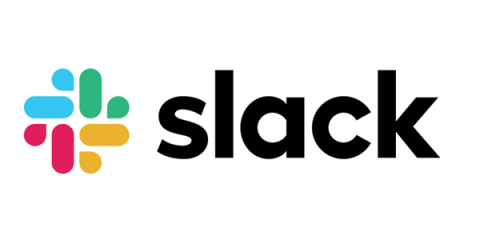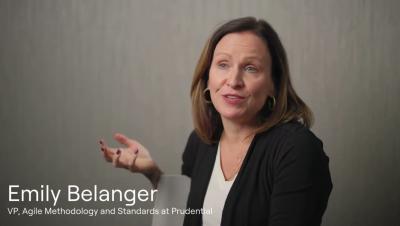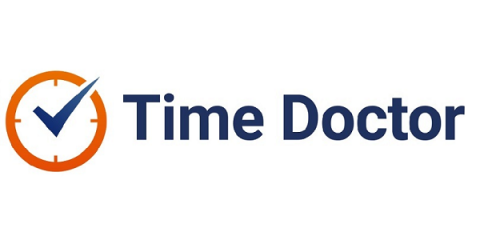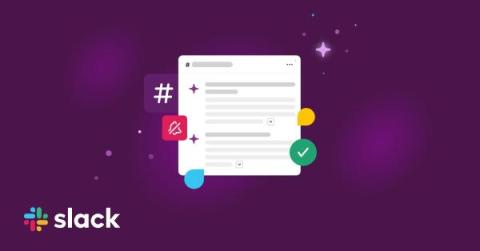Salesforce Brings Slack AI to All Paid Customers, Adds Recap to Deliver Daily Morning Digests
Slack strengthens its AI-powered platform as it continues rolling out native generative AI capabilities to users, including enhanced search, channel and thread summaries, and a new recap feature. Customers like Wayfair, Beyond Better Foods, and more depend on Slack AI to stay ahead of the workday and better surface and prioritise information.










